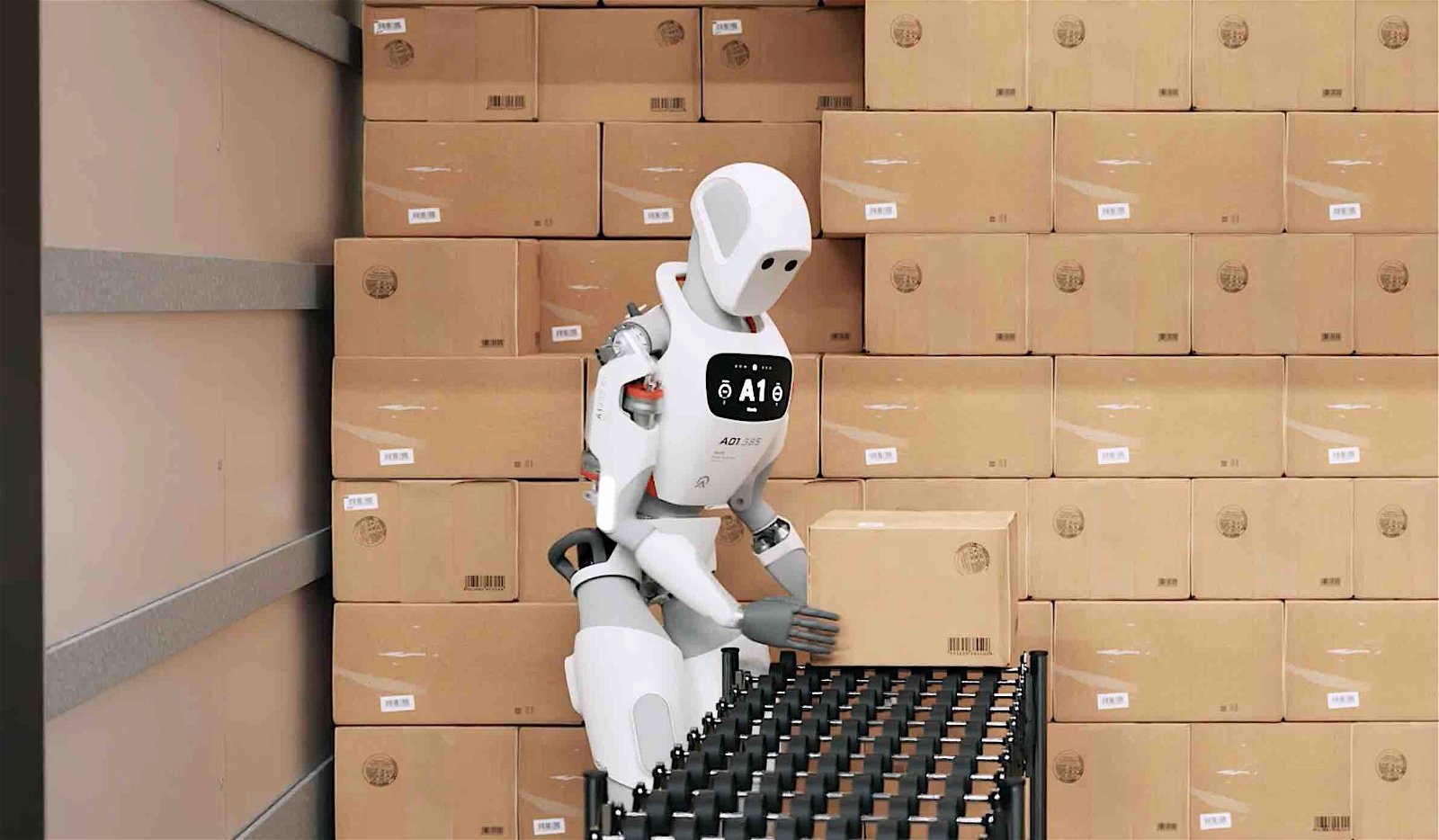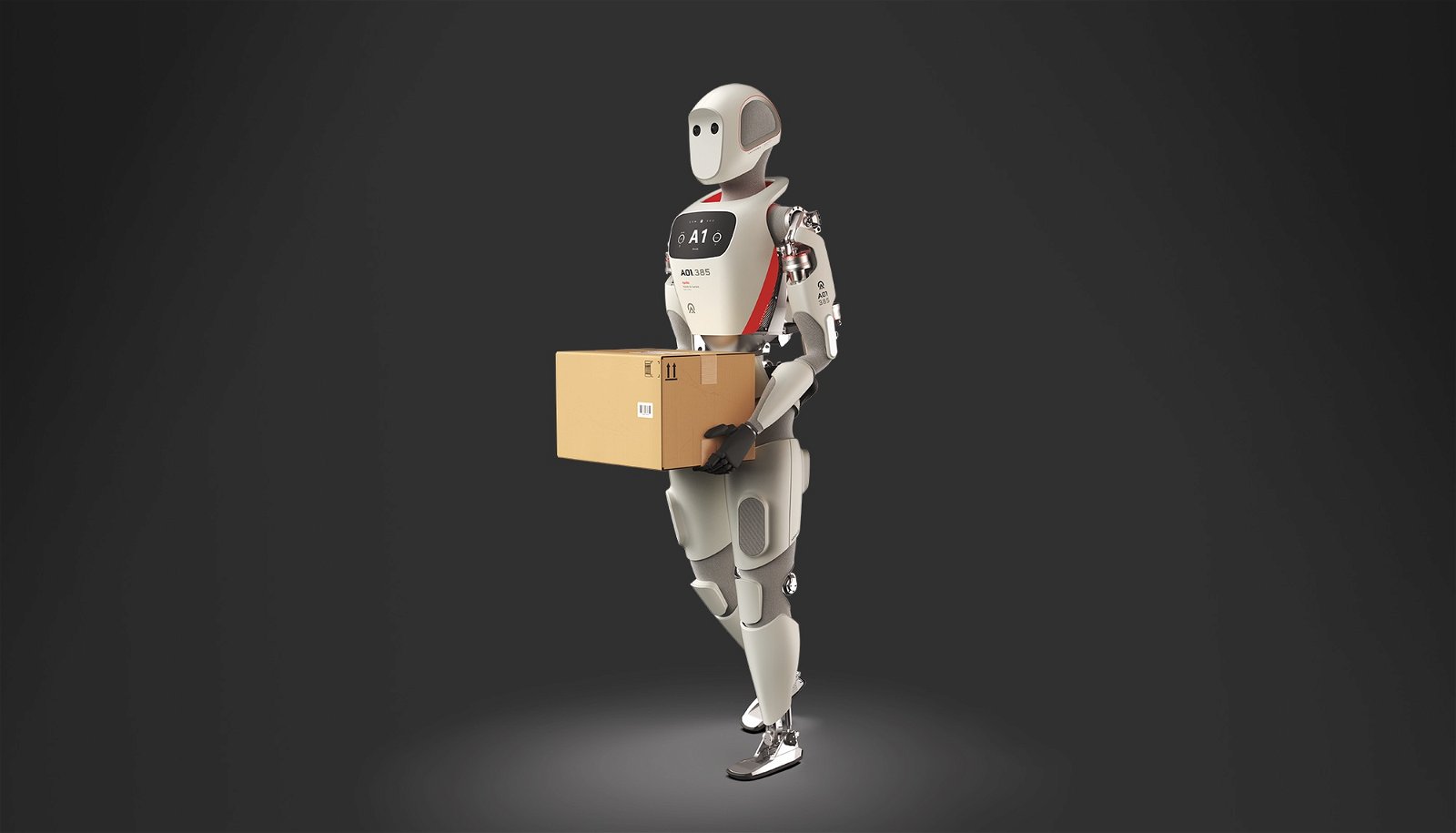Apollo, a new humanoid robot designed to work alongside humans, could be poised to reshape the industrial workforce and other industries, according to its developers, who unveiled their creation last month.
Billed as “the world’s most capable humanoid robot,” Apollo was the result of more than a decade of planning and development by Apptronik, a Texas-based company founded within the University of Austin’s Human Centered Robotics Lab.
The company, which describes its mission as being aimed at leveraging “innovative technology for the betterment of society,” says Apollo is the first commercial humanoid robot “designed for friendly interaction, mass manufacturability, performance, and safety,” according to a press release.
Jeff Cardenas, co-founder and CEO of Apptronik, says that as the labor environment is changing, with trends in employment increasingly impacting the global economy, introducing robotics into the warehouse and other industrial environments will have numerous benefits.
“People don’t want to do robotic, physically demanding work in tough conditions and they shouldn’t have to,” Cardenas says, adding that the robotics his company is developing are more than a novel response to this issue, but are “a necessity.”


Robots have already been in use in warehouses and other industrial work environments for decades. From their role in the automotive and agricultural industries to robot-assisted surgery, robotic floor cleaners, and even robots that deliver pizza, the implementation of robotics alongside humans has already become a fundamental part of the workplace for many.
Humanoid robots are a newer development. In 2016, Hong Kong-based Hanson Robotics presented Sophia, a kind of social robot that demonstrates the ability to learn from humans and can talk, draw, and even sing. In 2017, Toyota unveiled its T-HR3 as a kind of robotic avatar that can mimic the movements of a human operator. As far as humanoid robots in the workplace, however, examples in recent years include Ford announcing in 2020 that it would be bringing Digit, a headless worker robot designed by Agility Robotics, into its factories.
Apptronik’s robotic addition to the industrial workplace is arguably one of the most human-like to perform such functions, which was part of its intended design. Apollo’s features were customized to offer a friendly and welcoming appearance aimed at emulating a “congenial face-to-face exchange with a favorite co-worker.”
At a height of around 5 feet, eight inches, Apollo can lift up to 55 pounds and possesses a specially designed force control architecture that allows it to maintain a safe operation around people that its designers liken more to collaborative robots (i.e., those designed for direct interaction with humans in an environment) as opposed to other traditional industrial robots.
Apollo is also designed to be cost-effective, offering what Apptronik bills as the “first truly mass manufacturable humanoid design and has been optimized for supply chain resiliency” that will help facilitate the scaled production of affordable humanoid robots for various sectors of American industry.
Apptronik is also currently working with NASA to help bring its robotic solutions into space since humanoid robots may be capable of performing a variety of functions that include reducing the amount of time humans must spend working in potentially hazardous environments.
“Humans are toolmakers,” Cardenas said in a post on Apptronik’s website. “Since the beginning of time, we have built tools to help us do more with less.”
“I believe that we are at an amazing point in human history,” he added. “A point where we can finally build for ourselves the ultimate tools. Machines that have the ability to harness the power of computers and software in the physical world.”
Cardenas says he and his company believe “Apollo is one of the most advanced tools humanity has ever created” and calls the robot a “tool that is built by humans, for humans.” Apollo also happens to be a robotic worker that looks like humans, setting it on course to potentially help reshape how humans work and, more broadly, how we live.
Micah Hanks is the Editor-in-Chief and Co-Founder of The Debrief. He can be reached by email at micah@thedebrief.org. Follow his work at micahhanks.com and on Twitter: @MicahHanks.

